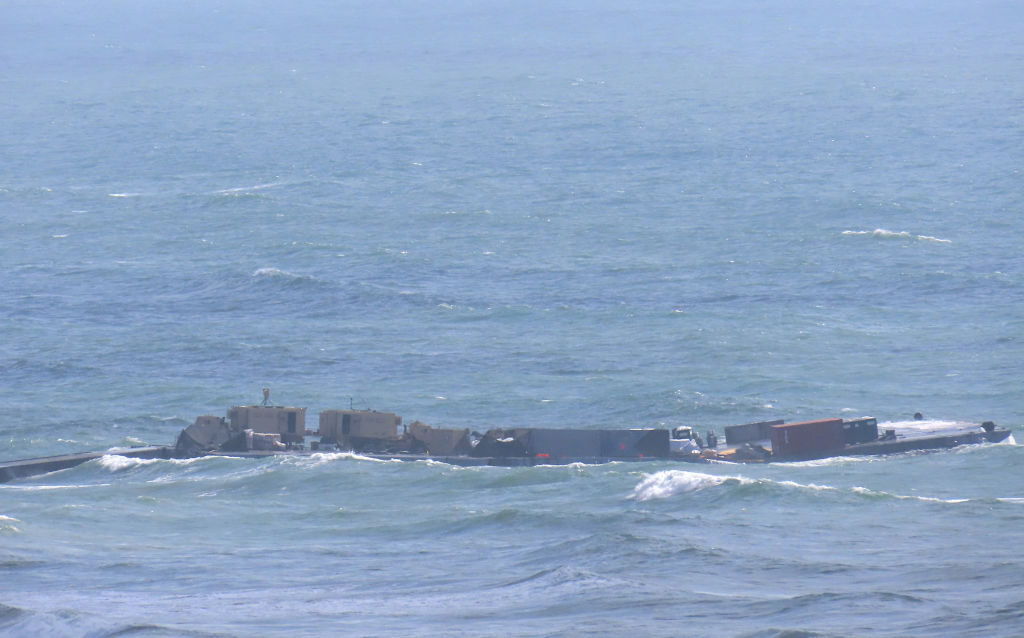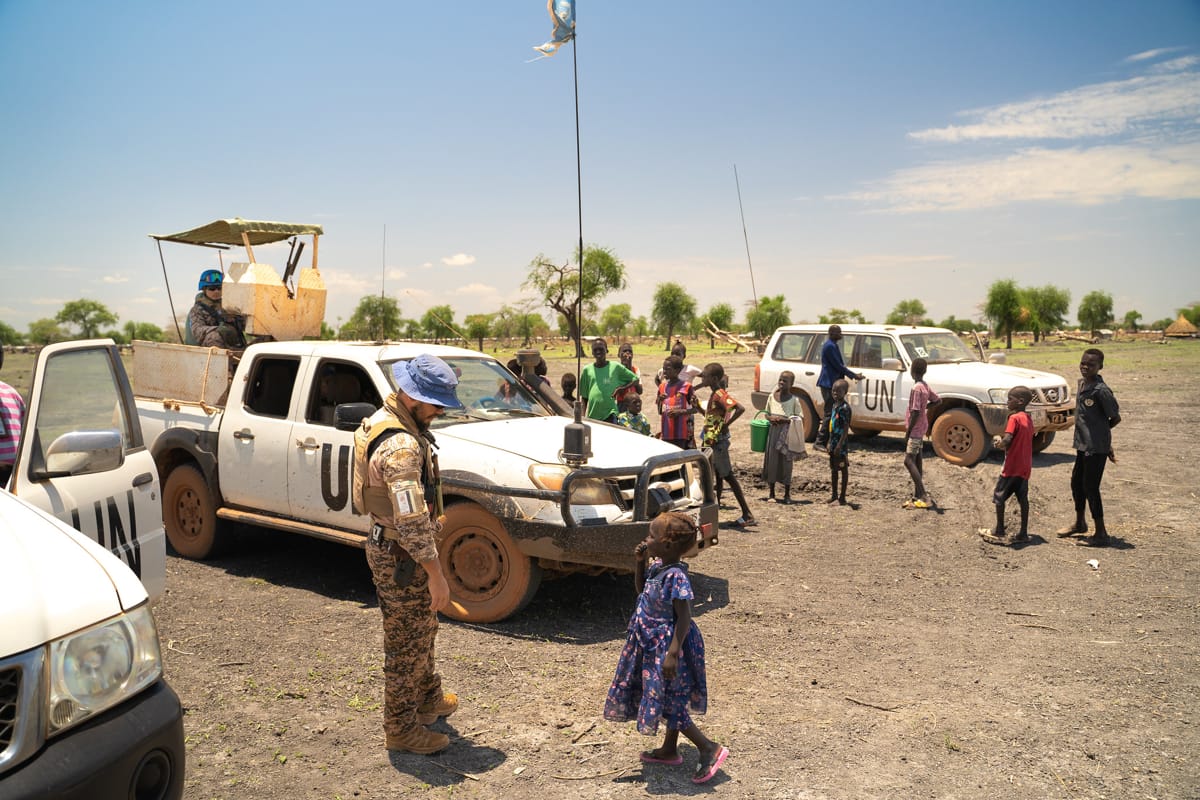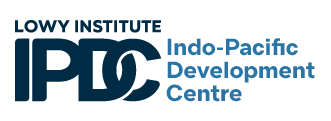The United States has begun to dismantle a pier that was built only months ago to deliver humanitarian emergency aid from the coast of the Gaza strip. Announced by US President Joe Biden at his State of the Union address in March, the berth has operated intermittently since mid-May at a reported cost of more than US$230 million. The “maritime corridor” operation had already been suspended several times due to weather and sea conditions.
Delivery of humanitarian relief in conflict zones – or for that matter, areas affected by extreme weather events – is unimaginably tricky. It’s worth paying attention to attempts like these for instructive value. The harsh realities of such contexts mean that trial and error is a necessary step in the process.
The pier was designed to sidestep some of the challenges of delivering aid by land in an active conflict zone. The closure of critical border crossings, and acute security risks in Gaza, has led to bottlenecks at key border points where much-needed supplies have piled up.
The humanitarian access challenge is far from unique to Gaza. There are examples across the developing world that illustrate the difficulty of humanitarian logistics – and the range of approaches donors use to navigate it.

Not far from Gaza, humanitarian relief deliveries in Sudan have been hampered by recurrent flooding, widespread looting of convoys, and a shortage of aid workers after large-scale evacuations.
In Myanmar, the difficulties of administering aid amid a protracted conflict were compounded last year by a devastating cyclone. As in Gaza and Sudan, donors and relief organisations are confronted in Myanmar with a fragmented political landscape whereby engaging with non-state armed groups is often an uncomfortable necessity. Ethnic armed organisations are in control of large swathes of territory and become essential partners to an effective distribution of humanitarian aid. Aid architecture is institutionalised and state-centric, but has had to adapt to contexts where resistance groups and non-state actors are the least-worst channel for delivery.
Plainly, very complex problems will require very complex solutions.
In Tonga, a volcanic eruption and accompanying tsunami in early 2022 cut communications and sparked a humanitarian crisis. The Covid pandemic compounded difficulties, with Tonga’s strict quarantine measures requiring partners to deliver contactless aid.
Lessons have led to a variety of approaches to tackle these kinds of problems. None are perfect.
A crucial avenue for relief delivery in complex situations is engagement with local civil society organisations. Supporting grassroots organisations with existing connections, pathways and delivery mechanisms will be faster than donors setting up their own, and serves to support the localisation of aid. But rapid, short-term scale-ups of assistance in these instances will quickly overwhelm grassroots institutions and strain logistics networks. Local actors are also subject to the “conflict paradox”, whereby local humanitarian organisations are simultaneously empowered and disempowered vis à vis dominant international agencies in conflict settings.
Humanitarian corridors in conflict zones allow safe movement of civilians and delivery of aid – but by design, such corridors restrict the reach of relief providers as much as they extend it, by confining humanitarian operations. They also rely on often shaky negotiations between armed parties.

The United Nations deploys its “cluster approach”, whereby various lead agencies take on specific sector responsibilities. This method has been found to decrease duplication of assistance efforts and increase coverage of humanitarian services. But it can also present barriers to inclusive partnership and can disenfranchise local humanitarian actors.
Donors confronted with the harsh realities of transporting humanitarian relief over land are often driven by desperation towards the tempting optics of an airdrop. It’s rarely a good idea. Airdrops are expensive, dangerous and wasteful.
And while it’s intuitive to respond directly to hunger, thirst and injury with the provision of food, water and medical supplies, modalities of support must be weighed carefully. The benefits of humanitarian cash transfers (more cost-efficient and flexible, supports local markets, autonomy and dignity for recipients) must be balanced against the risks (supply shortages and consequential inflation, threat of corruption, misuse of funds).
Some donors are trying to get in front of the problem. Australia has begun a program constructing or refurbishing warehouses and stockpiling emergency humanitarian supplies in Pacific countries which are often, and increasingly, logistically isolated by devastating weather events.
Plainly, very complex problems will require very complex solutions. We can expect to see increased incidences of extreme weather catastrophes taking place alongside armed conflicts, and the international community must be alert to not only the scale of help that will be required, but the difficulties of delivering it.
The floating aid pier in Gaza can’t claim to be a resounding success, but it delivered 10,000 tons of desperately needed aid. The abandoned attempt will serve as a reminder of the tyranny of logistics – but it’s equally a symbol of the value of having a go anyway.


